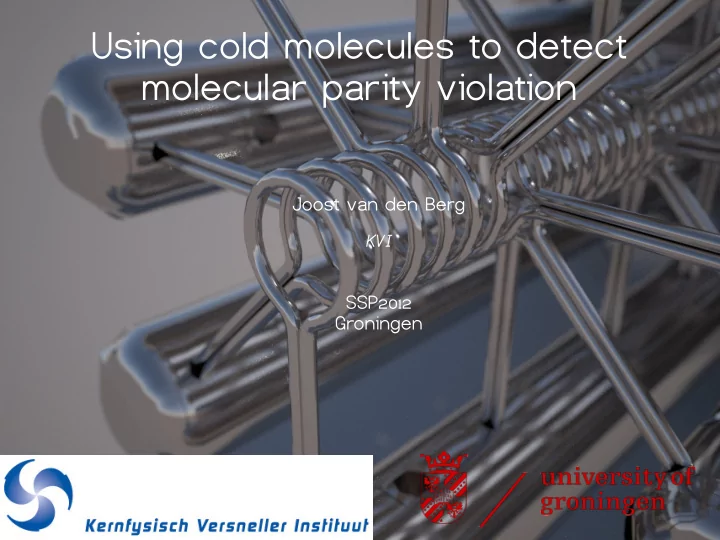The pursuit of understanding the fundamental symmetries that govern the fabric of our universe has long fascinated physicists. Among the various phenomena illustrating the delicate balance of these symmetries lies the intriguing case of parity violation, particularly observed in the behaviors of caesium atoms. At its core, this phenomenon challenges conventional assumptions about how fundamental forces should behave. It raises profound questions about the nature of physical laws, unveiling a reality that is decidedly asymmetric.
Parity, in essence, refers to the symmetry of physical processes under spatial inversion. In simpler terms, it is akin to imagining that we are observing a process in a mirror—would the outcome remain unchanged? Classical physics posits that most fundamental interactions obey parity symmetry. However, the discovery of parity violation shattered this assumption, suggesting that certain interactions do not yield identical results when their spatial coordinates are inverted.
In 1956, the hallmark experiment conducted by Chien-Shiung Wu using caesium-137 elucidated the violation of parity in weak interactions. This experiment established that the emission of beta particles from radioactive nuclei was not uniform when the nuclei were oriented in different spatial configurations. What makes caesium particularly interesting is its isotopic configurations, which lend it unique properties relative to other elements, hence allowing for detailed investigations into parity violation.
This observable asymmetry can be understood through the lens of weak nuclear force, one of the four fundamental forces in nature. While the strong force and electromagnetic force exhibit parity symmetry, the weak force does not. It is this peculiar property that permits phenomena like beta decay, where caesium isotopes can be observed emitting electrons preferentially in one direction, diverging from the symmetrical predictions anticipated by classical physics.
The implications of parity violation extend far beyond mere experimental observations; they hint at a deeper aesthetic and philosophical inquiry into the nature of the universe. The very fact that certain processes are not symmetrical implies that perhaps not all natural laws are invariant under all transformations. This notion is profoundly counterintuitive, as it challenges the notion of a perfectly symmetrical universe—an idea deeply ingrained in both scientific thought and human intuition.
As fascinating as the experimental results are, they prompt further questions regarding the underlying mechanics that fuel such asymmetries. The Standard Model of particle physics, which encapsulates our best understanding of fundamental particles and interactions, incorporates weak interactions as a crucial element. Yet, it still leaves unresolved questions regarding why weak force violations occur. Theories extending beyond the Standard Model, such as supersymmetry or grand unified theories, strive to reconcile these discrepancies in an attempt to furnish a more holistic understanding of particle behavior.
Moreover, the study of caesium and parity violation carries substantial implications for precision measurements and fundamental physics. Atomic clocks, which employ caesium atoms to keep time, rely on the accurate understanding of atomic transitions. Any deviations caused by parity violation may contribute to a nuanced recalibration of these measurements and potential applications in fields such as navigation or global positioning systems. The intersection of particle physics and applied technology underscores the real-world relevance of what might seem as esoteric notions discussed in the ivory towers of academia.
Continuing along the pathway of inquiry, we reflect upon the broader implications that parity violation may hold for our understanding of the universe. It raises perennially vexing questions regarding the very nature of time and the flow of entropy. Is our time-ordered universe a consequence of this systemic asymmetry? The inherent inequality exhibited in weak interactions suggests a possible avenue through which time itself may be influenced, granting further philosophical implications about causality and the fundamental nature of temporal progression.
Additionally, parity violation casts light on the matter-antimatter asymmetry observed in the universe—a phenomenon that remains one of the most profound mysteries in cosmology. While theoretical frameworks propose mechanisms (e.g., baryogenesis) that account for the preponderance of matter over antimatter, parity violation offers tantalizing hints that these asymmetries are rooted in fundamental interactions, potentially elucidating why our universe emerged primarily as matter despite the creation of matter-antimatter pairs during the Big Bang.
An exploration of parity violation via caesium reveals a captivating tapestry where physics intertwines with critical inquiries into existence itself. This phenomenon acts not only as a gateway to advances in quantum mechanics and particle physics but also opens a Pandora’s box of existential questions that have beset humanity through the ages. Indeed, as scientists push the boundaries of knowledge, phenomena such as parity violation kindle an enduring fascination that fuels the relentless search for understanding the intricacies of the universe.
Ultimately, the story of caesium and its role in exposing parity violation exemplifies the potential for new discoveries to reshape the paradigms of science. Every experiment bears witness to the delicate balance of symmetry and asymmetry, illuminating paths toward novel theories and a deeper comprehension of the cosmos. As we delve further into the study of fundamental interactions, we are reminded that within the microcosm of atomic structures lies profound insight into the principles that govern the macrocosm of the universe.












